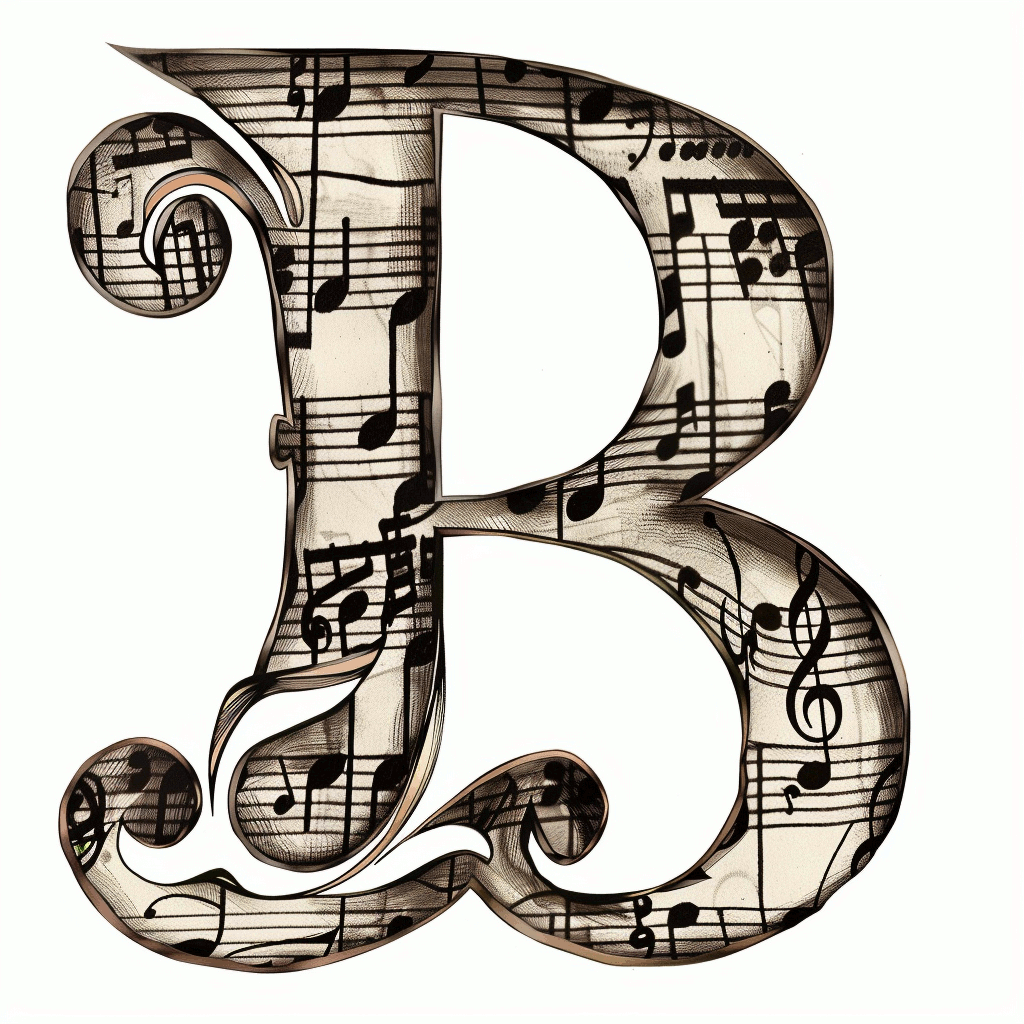Ever wonder how Jimi Hendrix managed to create one of rock's most spellbinding guitar solos? Using a Gibson Flying V guitar tuned to Eb in 1968, Hendrix's "All Along the Watchtower" solo revolutionized rock music through its innovative structure and technical mastery. The recording process took 27 takes across two studios, with Hendrix weaving C#m pentatonic scales, dynamic eighth-note rhythms, and wah-wah pedal effects into a groundbreaking performance. He even incorporated unconventional techniques like using a Zippo lighter as a slide, forever changing the landscape of electric guitar expression. Read on to discover the techniques and creative process behind this legendary guitar solo.
Solo Structure and Composition
Jimi Hendrix's "All Along the Watchtower" solo revolutionizes guitar playing through its unique structural approach.
The guitar solo breaks from conventional rock patterns by beginning at its peak intensity and incorporating blues scale passages with dynamic eighth-note rhythms.
Hendrix weaves sustained notes with rapid melodic runs, while carefully crafted motif repetitions and variations build tension and anticipation.
His radical reinterpretation of Dylan's folk song demonstrates his ability to transform existing material into something entirely new.
The unconventional top-down structure challenges traditional guitar composition methods and establishes new possibilities for rock guitar solos.
His masterful use of reverb and pitch bending creates an immersive psychedelic experience that transformed the sonic landscape.
Recording and Production History
Jimi Hendrix recorded "All Along the Watchtower's" guitar solo through complex studio sessions beginning in January 1968.
The iconic recording process started at London's Olympic Studios on January 21st, using basic 4-track equipment before advancing to more sophisticated 16-track recording technology at Record Plant in New York.
Hendrix devoted several months to perfecting the solo's distinctive sound, using his Gibson Flying V guitar and creating unique effects, such as employing a Zippo lighter as a makeshift slide to achieve particular tonal qualities. The song's final version emerged after Hendrix took over bass duties when Noel Redding lost interest in the recording sessions.
Essential Guitar Techniques
Jimi Hendrix's version of "All Along the Watchtower" employs several essential guitar techniques that guitarists must master to recreate his sound.
Hendrix performs on an Eb-tuned guitar while incorporating a wah-wah pedal to create expressive tonal variations. The performance combines rhythmic and lead elements with octave effects, while his melodic phrases stem from minor pentatonic and blues scales.
His signature style features precise string bending techniques and legato passages, which merge seamlessly with his innovative rhythm work to create his distinctive sound. His thumb-around-the-neck technique allowed him to play both rhythm and lead parts simultaneously, creating a fuller, more dynamic performance.
Breaking Down the Solo
Jimi Hendrix's "All Along the Watchtower" solo demonstrates masterful guitar composition through layered techniques and emotional depth.
Hendrix employs a dynamic musical structure over the verse progressions, with his innovative guitar effects defining the performance. The spring reverb shapes sustained notes while his wah-wah pedal creates distinctive psychedelic textures throughout the piece. The C# minor pentatonic scale forms the backbone of his improvisational passages. This groundbreaking performance stands as one of the most influential guitar solos in rock history.
The guitar work connects to the song's core elements through blues scale applications, precise pitch manipulation, and vibrato techniques that showcase his virtuosity.
Chord Changes and Scales
The chord progression C#m, B, A, B and the interplay of C#m blues scale and pentatonic patterns form the essential musical foundation of "All Along the Watchtower."
The song's hypnotic quality emerges through Hendrix's tuning, positioned a half-step below standard pitch. His guitar work masterfully combines the C#m blues scale with Dorian mode elements, creating rich melodic layers while utilizing C#m7 voicings for enhanced harmonic depth. The iconic guitar solos begin with precise techniques at the 13th fret of the third string.
The progressions and scale work extend throughout multiple fretboard positions.
- C#m blues scale forms the backbone of his improvisational approach
- Hendrix often employed C#m7 voicings for richer harmonic texture
- Scale combinations span multiple positions across the fretboard
Iconic Moments and Legacy
Jimi Hendrix's guitar solo in "All Along the Watchtower" represents a transformative moment in rock music that revolutionized guitar playing.
Hendrix connected his masterful technique to groundbreaking innovation through his deliberate manipulation of sound effects. He transformed standard guitar equipment by combining distortion and wah-wah pedals with unconventional tools like bottles and lighters as slides. Working with engineer Eddie Kramer's straightforward approach allowed Hendrix to capture the perfect guitar tones through simple microphone placement and minimal processing.
The recording process demonstrated his perfectionism, requiring 27 separate takes to achieve the exact expression and tonal qualities he envisioned. This methodical approach produced a haunting and complex soundscape that influenced generations of guitarists and helped establish Hendrix's permanent place in rock history.
